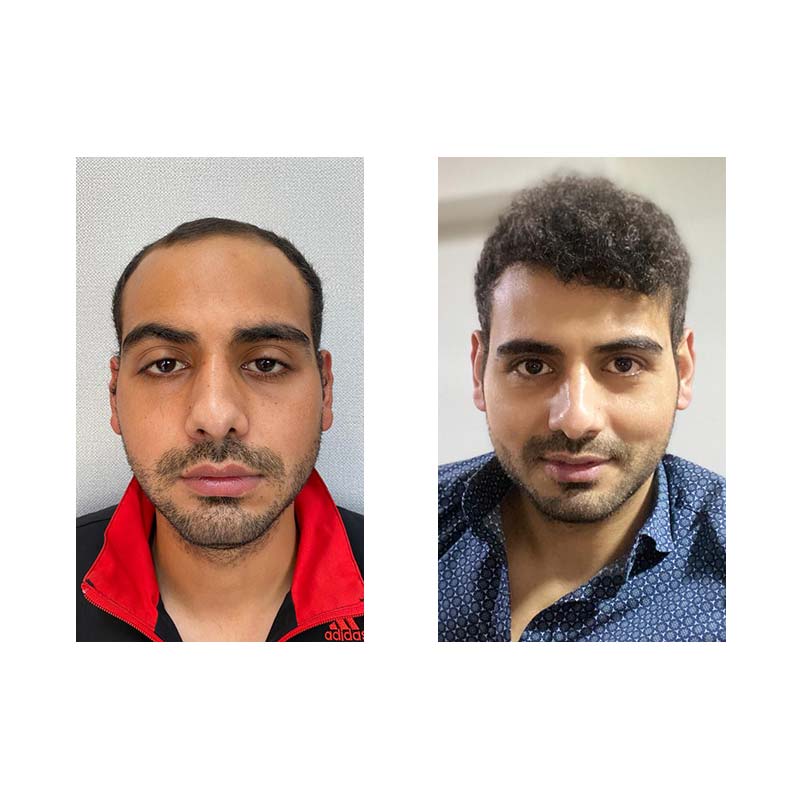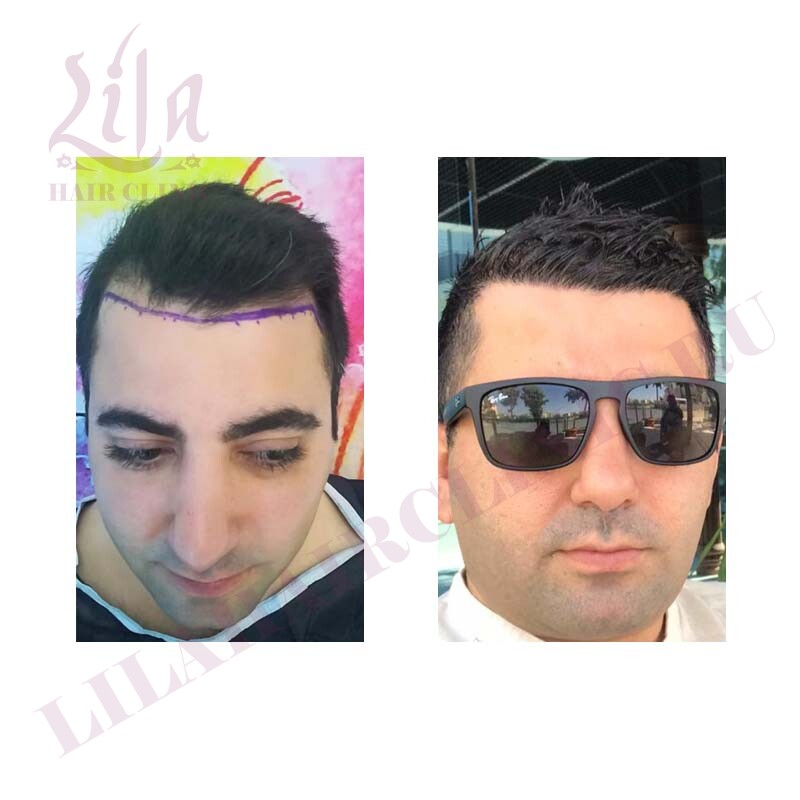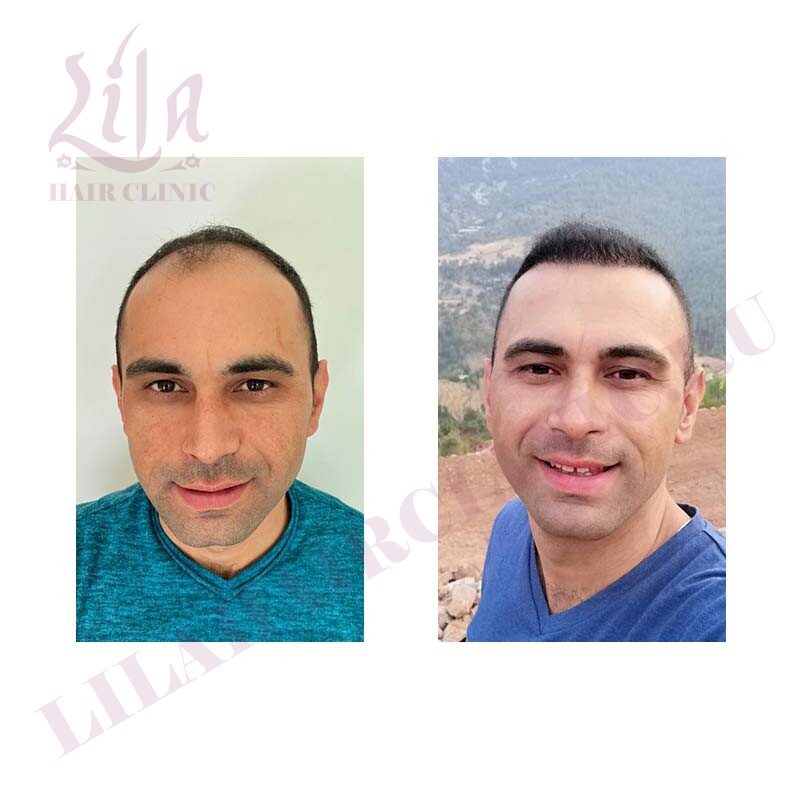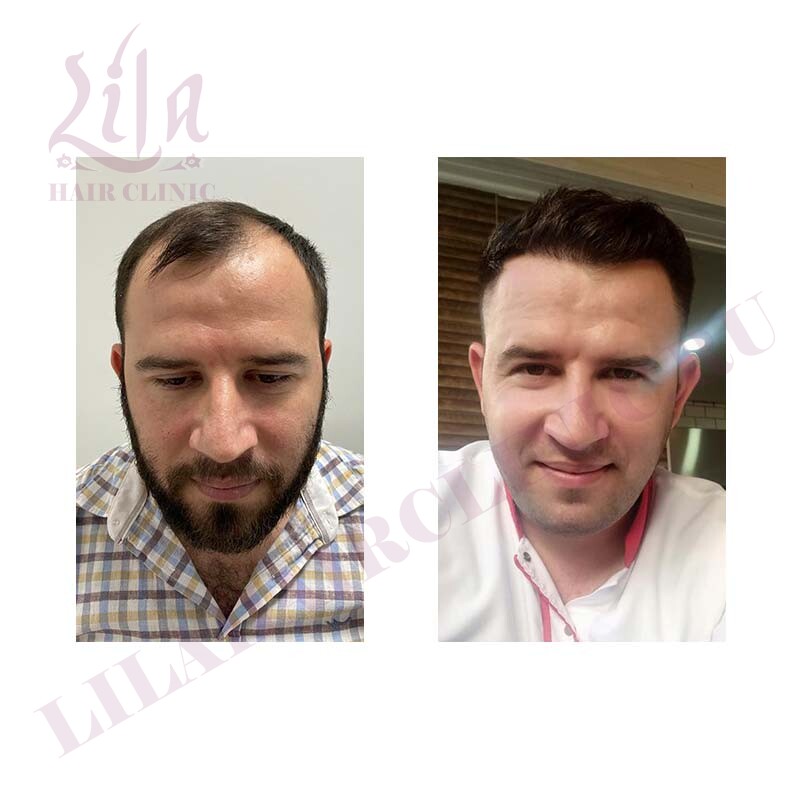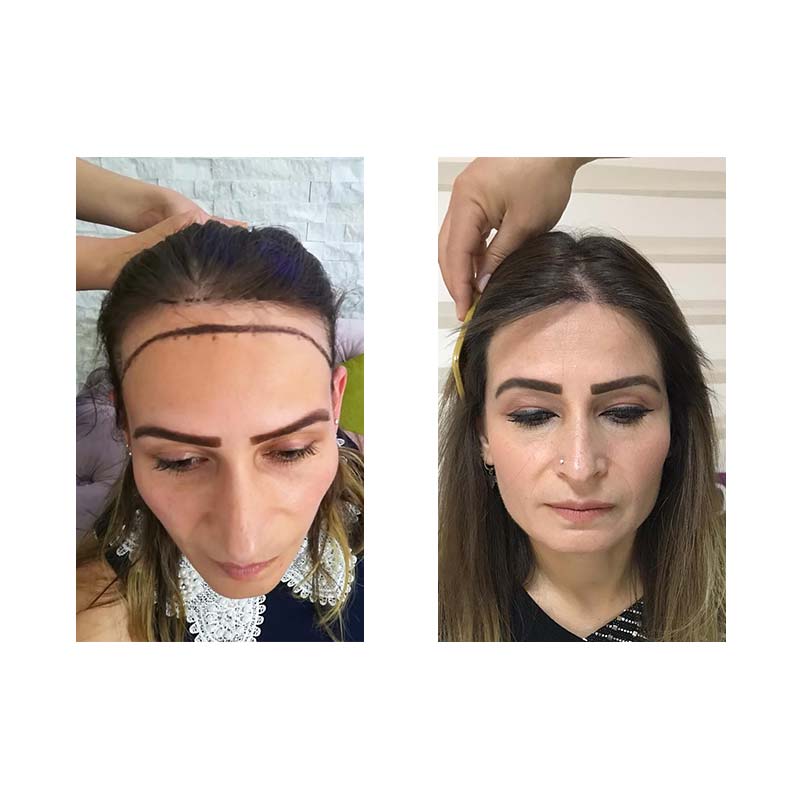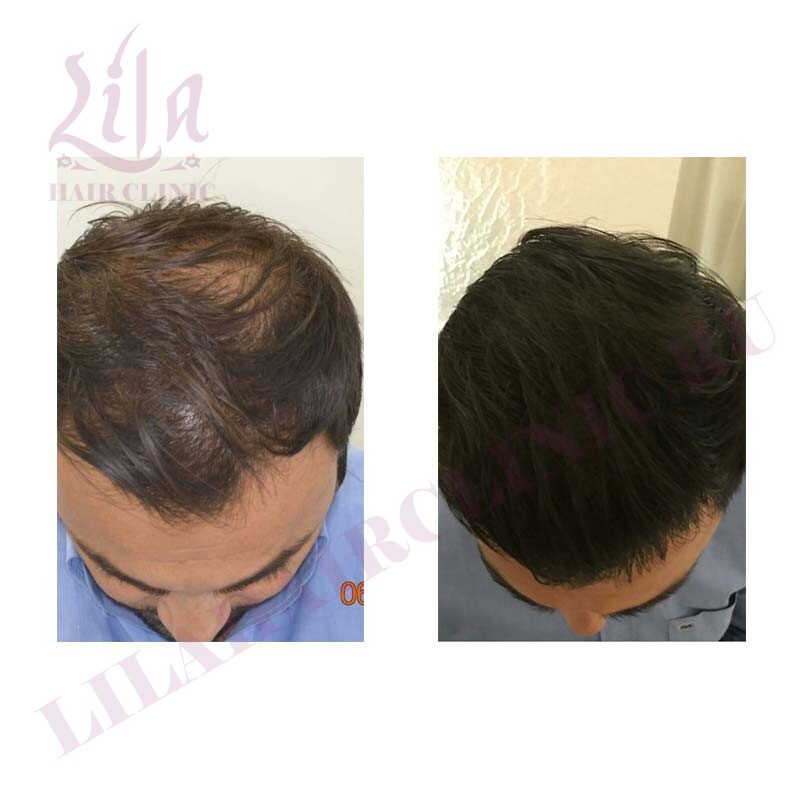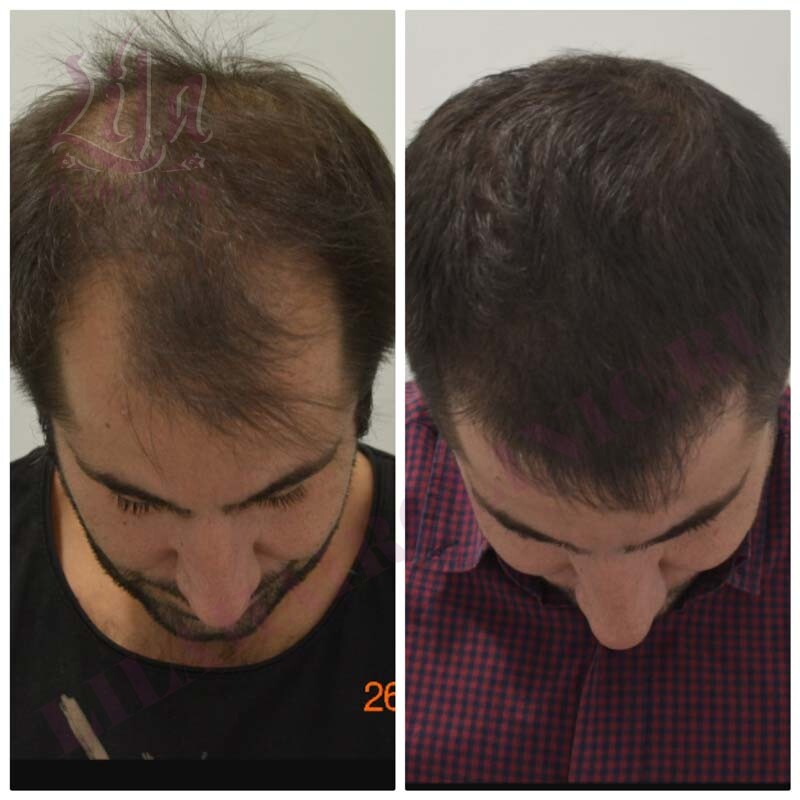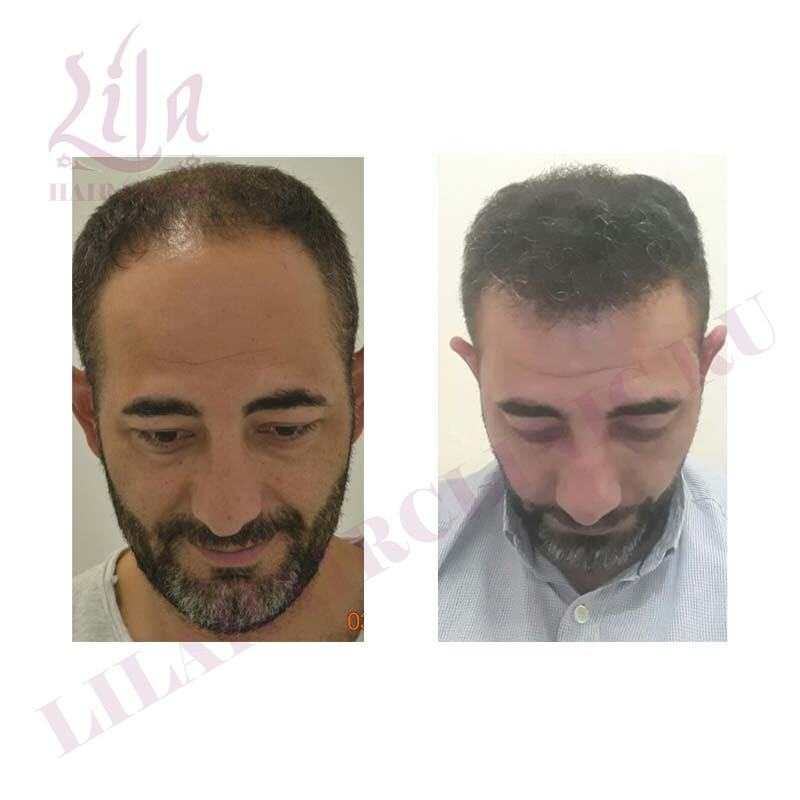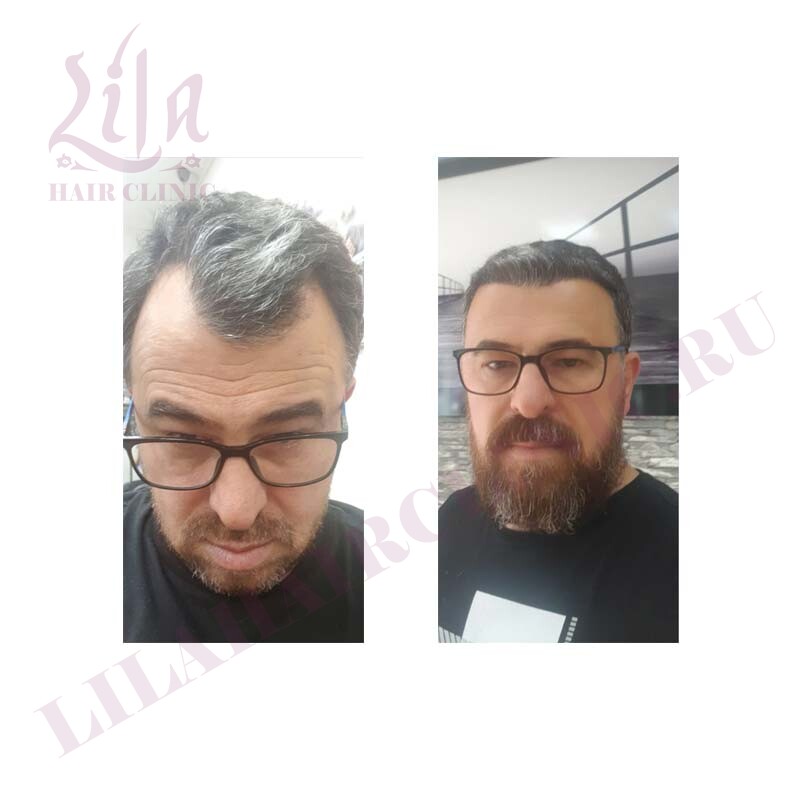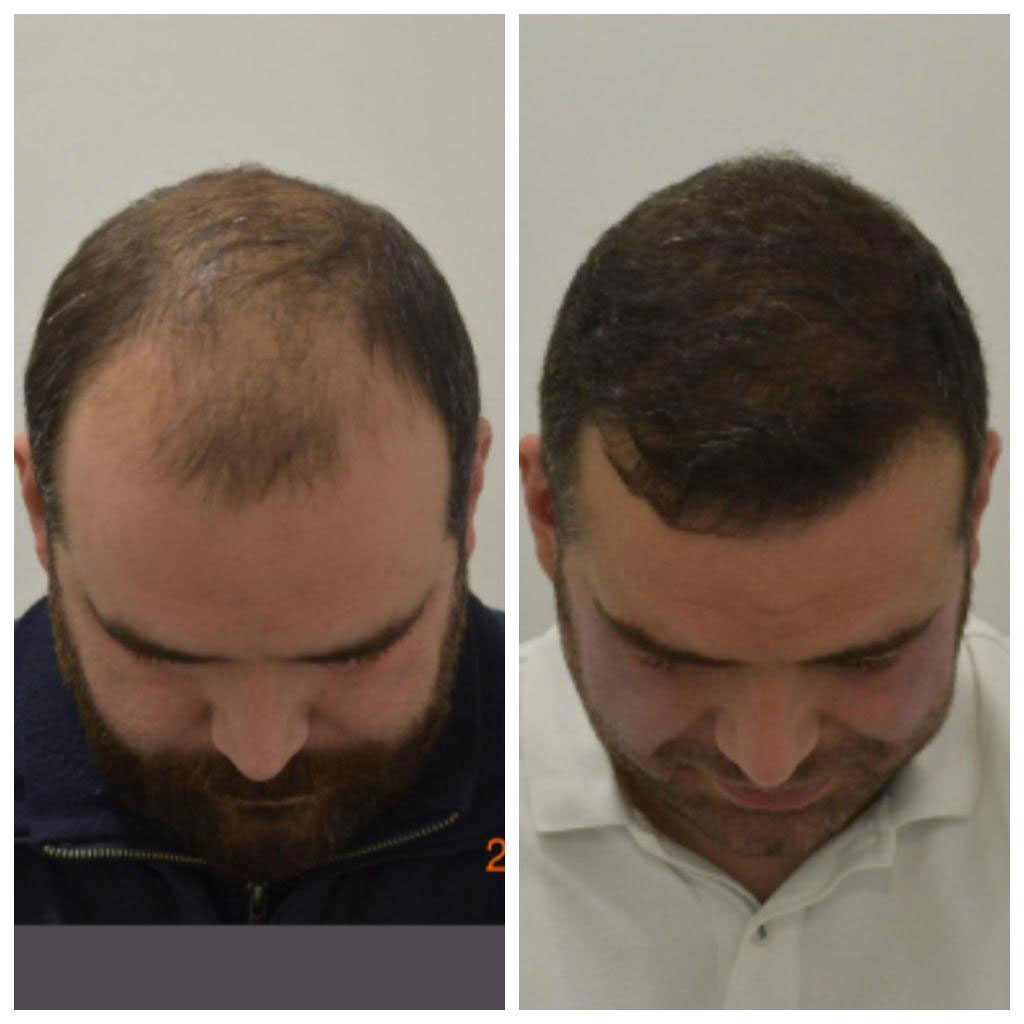DHI technology
DHI - modern hair transplant technology
DHI (Direct Hair Implant) is a method of “direct hair implantation”. Its popularity is due to the rapid survival of transplanted follicles and high accuracy. Our clinic LILA HAIR CLINIC specializes in this method of transplantation, because after 10 years of practice we have realized that for our patients it is a guarantee of beautiful and healthy hair in the shortest possible time.
The main tool in such an operation is an implanter or, in other words, a needle. This device resembles a pen, but similar in principle to a syringe, having a sharp tip with a small reservoir for the bulb and a piston. By pressing the piston, the doctor pushes the bulb under the skin at an angle of 40-45°.
DHI hair transplant (stages)
There are standard stages of transplantation:
- First of all, it is a consultation. The doctor determines the degree of hair loss, their structure and the amount needed for transplantation, and also finds the donor area.
- Hair is obtained for transplantation using the FUE method (channel method). To do this, micromotors are used, which create channels around the follicles and allow them to be removed without much damage to the skin.
- The grafts are placed in the cavity of the implanter and inserted into the skin at the desired angle.
- Recovery lasts several days after transplantation (the exact period is determined by the surgeon).
One of the important features of this method is that the patient does not need to shave the transplant site before the operation, so DHI allows you to achieve maximum hair density.
Differences between DHI and FUE
One of the frequently asked questions in consultations is whether FUE and DHI are different names for the same method. The answer is no. FUE (Follicular Unit Extraction) is a “canal method”, which can be conditionally divided into two stages – follicle extraction and transplantation. DHI is an improved method of FUE, in which the follicle extraction technology has remained unchanged, while transplantation has been updated and has become more dense.
To implement FUE transplantation, all hair is shaved off the operating area and channels of a larger diameter than the follicles are created. After that, the grafts are immersed in the channels. In DHI this is done with needles (CHOI-PEN). Each follicle, after extraction from the donor part of the skin, is immediately placed in the implanter and transplanted, without first creating a channel.
Pros and cons of the DHI method
First about the pros. Because no channels need to be created beforehand, the surgeon can achieve greater hair density. Healing is faster, and the traces of the operation become invisible after a few weeks. The hair looks more natural because the grafts are placed between the patient’s own hair. Also, the method has a greater survival rate, and the probability of transplanted hair loss is minimized.
Of the minuses – the cost and time of the operation, they are higher than that of the FUE method. This is due to the fact that there are manipulations separately with each follicle, and not in stages with all. Also, the intervention requires a high level of skill and precision from the surgeon, because each follicle is transplanted “naked”, without marks in the form of ready-made channels. Our specialists have undergone lengthy training in order to practice this operation.
Hair Transplant Results
To get a consultation
You can get all the necessary information and ask questions by email: [email protected] or by phone:

